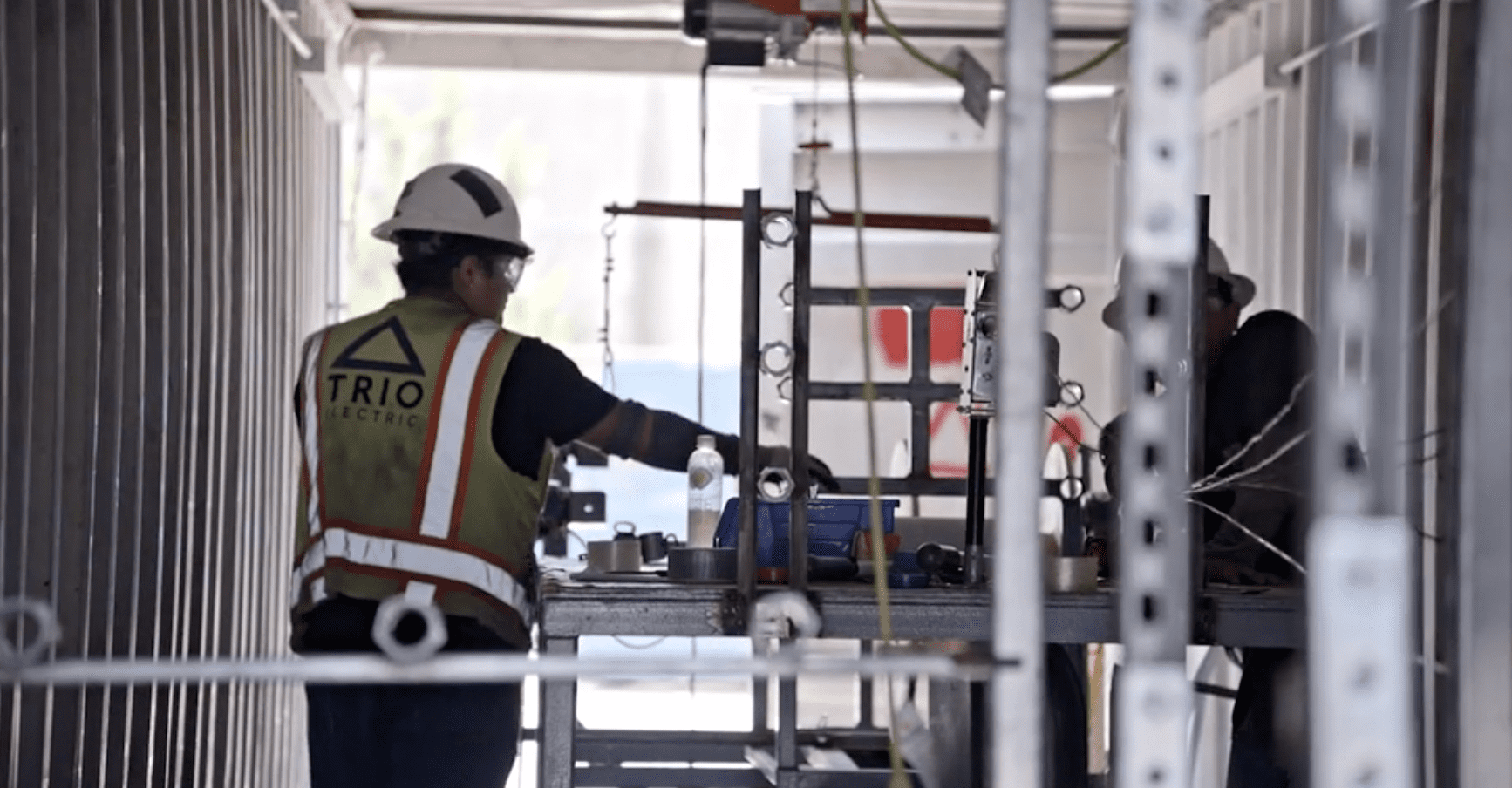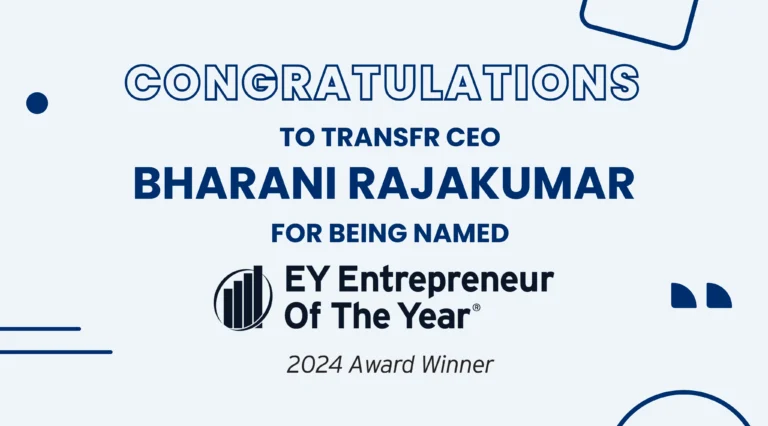The electrical construction industry is facing a shortage of electricians; these vital workers keep power flowing to millions of homes and industrial sites, as well as maintaining crucial aspects of the nation’s infrastructure. Retirement of qualified electricians and a lack of interest in the trade among young people and job seekers have contributed to a rise in unfilled electrician jobs. TRIO Electric, a 20-year veteran company in the electrical construction industry is also feeling the heat due to lack of skilled electricians.
TRIO CEO Beau Pollock’s innovative plan to combat this problem is twofold: Trio offers vocational training to both high school students and adults looking to re-skill or upskill for better career opportunities. The company also runs an in-house electrician’s apprentice program to equip trainees with the skills they need to be effective on a job site from day one.
These solutions came with unique challenges: Every class needed a qualified instructor with the right mindset and skills to teach others. Great electricians are not always great instructors and seasoned electricians often prefer being out in the field.
“Great electricians don’t always make great instructors,” says Beau. “Plus, most seasoned electricians aren’t willing to leave the work environment to teach; they’d rather be out on the job.”
TRIO’s training program had more constraints than the resources at its disposal — then Beau met Transfr CEO Bharani Rajakumar.
How TRIO scaled their training program with Transfr
TRIO had already turned some of its time-tested training modules into e-learning video content to help amplify the effectiveness of human instructors and consistently deliver training. Transfr’s partnership with TRIO took that to the next level, allowing the company to reach more students with the same facilities and instructors already in service, by bolstering TRIO’S stellar curriculum with VR simulations.
Before these sims could see the light of day, curriculum leads at TRIO as well as subject matter experts (SMEs) and instructional designers at Transfr collaborated to review the existing TRIO training content and make a plan to turn them into VR simulations. (Hear their stories on this episode of Upward, the Transfr podcast.) Skills which could be taught virtually, without holding the actual physical tools or using real world materials while still effectively building muscle memory in learners, were given priority and a new package of simulations was born.
“The VR simulations teach the students how to follow vital processes from beginning to end,” says Andrea Calvo, Education Program Director at TRIO. “They learn the names of every tool they’ll use, how to handle them, the various materials, and safety measures.”
Students and instructors love hands-on simulations
Though the thought of using simulations for a hands-on trade like electrical construction was initially met with skepticism, the final product has been a big hit with both instructors and students. Instructors at TRIO are excited to empower students with more repetitions of core skills without splitting their attention between multiple groups of students.
“The VR training was very effective for me, personally,” says TRIO apprentice Michael Cox. “It was very informative and precise and got into really good detail as well — not just in terms of the physical side of seeing what you’ll be doing, but also the underlying knowledge you need in the field.”
TRIO’s VR-enhanced training programs are also offered at Alief Independent School District’s Center for Advanced Careers. Students from TRIO’s training program and other locations are excited about the opportunities that VR simulations provide: Proceeding at their own pace, performing unlimited repetitions of key skills, as well as the chance to practice independently.
Simulations are safer and help programs save resources
For employers and educators in these states — or anyplace with a focus on bringing back manufacturing jobs — an AR experience like this could be a powerful tool to drive interest among school-aged youth and job seekers of all kinds. Smartphone use is widespread, which means the pool of potential career explorers out there is vast.
EC training with Transfr VR is effective, safer, and cheaper than traditional classes. Trainees with no prior EC knowledge are able to effectively execute tasks learned via VR in the real world — much to the delight of seasoned electrician-instructors.
“We actually put some of our colleagues who’ve never been in the field through the conduit bending simulation,” Sam recounts. “And they were able to do it on the very first try.”
Additionally, even though electrician training programs across the generations have successfully managed to teach necessary skills safely, knowing that you’re training in a VR environment with zero risk of injury can go a long way towards settling a student’s mind at ease when beginning their journey.
In addition to reducing risk, the new sims also reduce waste: When students use VR simulations to bend conduit, pull wires, or practice any other tasks that usually cost consumable, they’re mastering the basic skill and developing muscle memory, but without using up materials. This is a game changer for electrical construction and countless other industries.
Flipping the switch on the future of EC
Tackling the electrician shortage in the US will be a huge undertaking and require the right combination of human and technological solutions. Programs like TRIO’s, enhanced with hands-on simulations from Transfr, are helping people join the workforce with a level of knowledge higher than green apprentices and pick up trade skills more quickly in the field.
TRIO CEO Beau Pollock is proud of the program’s enhanced value with VR components which allow trainees to learn the skills and get the repetitions needed to produce results in the field, making them highly skilled sought after employees.
“I have yet to find a program that provides the wraparound services that we do,” Beau says. “The VR component allows someone to really learn the skills and get the repetitions that they need to be able to produce results in the field, making them highly sought after employees.”





